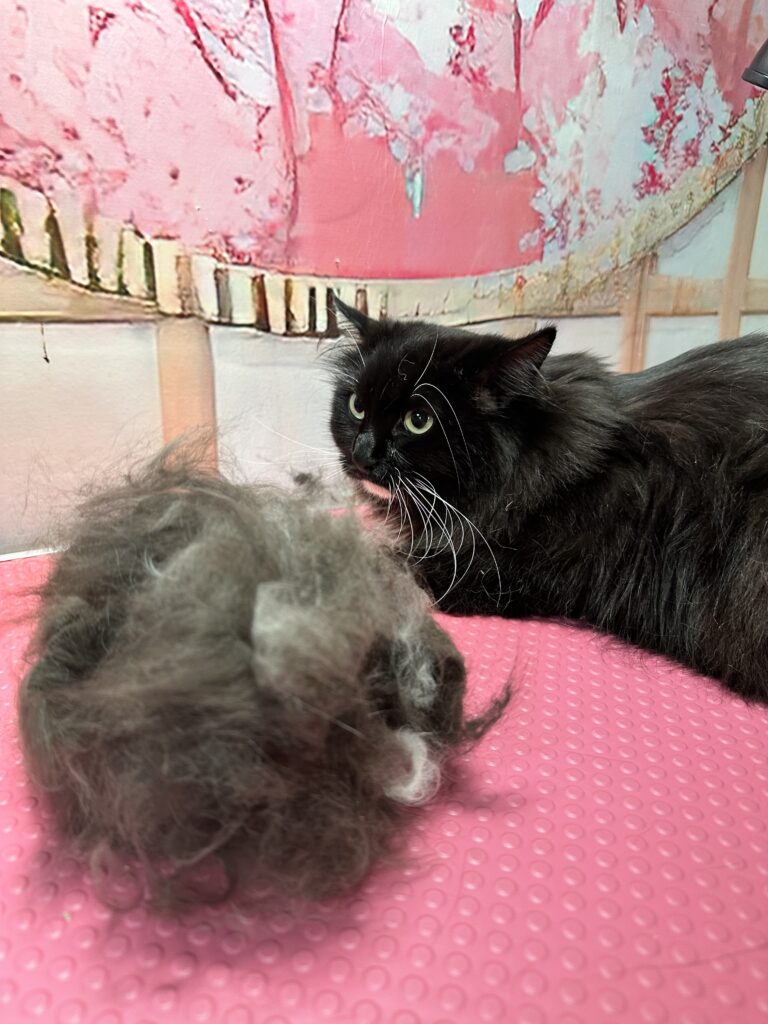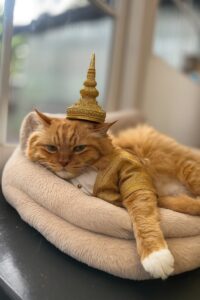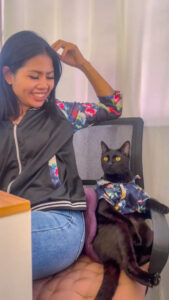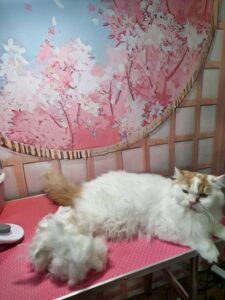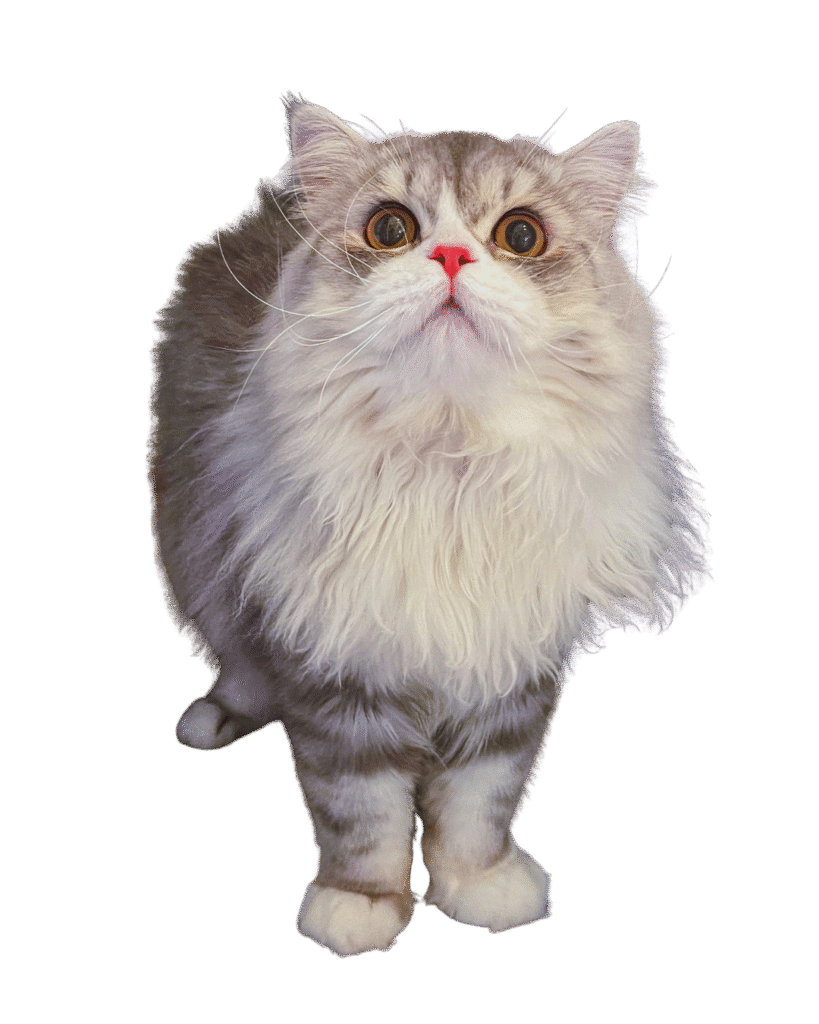Cat grooming matted fur is more than just an aesthetic task. Tangles and mats can lead to serious issues like skin irritation, pain, or infection. Whether you’re dealing with a mildly tangled coat or a severely matted cat, this guide will walk you through safe and effective techniques to help your feline feel their best.
What Causes Matting in Cats?
Mats form when loose or dead hair gets trapped in the coat, clumping together over time. Long-haired cats are especially prone, but short-haired cats, elderly cats, or overweight cats who can’t groom themselves well can also be affected. Dirt, moisture, and movement (like collar friction or lying in one position) can worsen matting.
Common causes of cat grooming matted fur include:
- Lack of regular brushing
- Obesity or arthritis, which limit a cat’s ability to self-groom
- Age-related grooming neglect
- Long hair that tangles easily
- Environmental debris, moisture, or friction
Read our Guide for Cat Grooming tips.
1. Regular Brushing: Your Best Preventive Tool
Brushing your cat is the easiest way to prevent matted fur.
- Long-haired cats should be brushed daily.
- Short-haired cats need brushing at least once or twice a week. Use tools for matted fur such as slicker brushes, detangling combs, or wide-toothed grooming tools.
Use tools for cat grooming matted fur such as slicker brushes, detangling combs, or wide-toothed grooming tools. This helps reduce loose hair and keeps the coat smooth.
2. Choose the Right Grooming Tools for Matted Fur
The right tool makes all the difference:
- Dematting rake: Breaks apart small knots gently
- Mat splitter: Cuts through tougher tangles
- Slicker brush: Works well on most coat types
Always be gentle to avoid pulling the skin. If you’re not confident, seek professional cat grooming help.
3. How to Remove Matted Cat Hair Without Cutting
If you want to avoid scissors:
- Hold the base of the mat (close to the skin) to prevent tugging.
- Gently tease the fur apart with your fingers or a comb.
- Use a mat splitter if needed.
Do not use scissors unless you’re trained. It’s easy to nick the skin, especially with tight mats.
4. Try a Detox Shower with Professional Grooming Products
When mats are widespread or persistent, professional grooming may be the most effective and safest route. At Lazy Cat Hotel, we offer a Detox Spa Shower designed specifically for cats with matted or oily fur. Our grooming process starts with a professional grooming degreaser product to soften the coat before showering, followed by a detoxifying shampoo formula that deeply cleans and helps prevent future mats.
This treatment not only removes tangles gently but also improves skin health and coat texture, leaving your cat fresh, soft, and happy.
5. Post-Mat Removal Care
After you remove a mat:
- Brush the area to smooth out the coat
- Check for any redness or skin sores
- Offer a treat and calming cuddle
If matting has caused wounds, consult a vet.
6. Prevent Future Cat Grooming Matted Fur with Diet and Routine
A healthy coat starts from the inside. Feed your cat a diet rich in Omega-3 and Omega-6 fatty acids to promote skin health. Set a weekly grooming routine and keep tools nearby. Regular grooming reduces future tangles and builds trust.
FAQs
1. Should I shave my cat’s matted fur? Only if the matting is severe and cannot be removed safely. Shaving should be done by a professional to avoid injury.
2. Can I use baby oil or conditioner to detangle fur? No. Use only cat-safe products or olive oil in small amounts. Human products can irritate their skin.
3. Why does my cat keep getting matted fur? Possible reasons include a poor diet, lack of grooming, obesity, arthritis, or simply being a long-haired breed. Regular brushing and proper care help reduce recurrence.
Final Thoughts
Cat grooming matted fur may seem intimidating, but with the right tools and a little patience, you can safely manage it. Always prioritize prevention with routine brushing, and don’t hesitate to reach out to a groomer when in doubt. Your cat will thank you with purrs.


